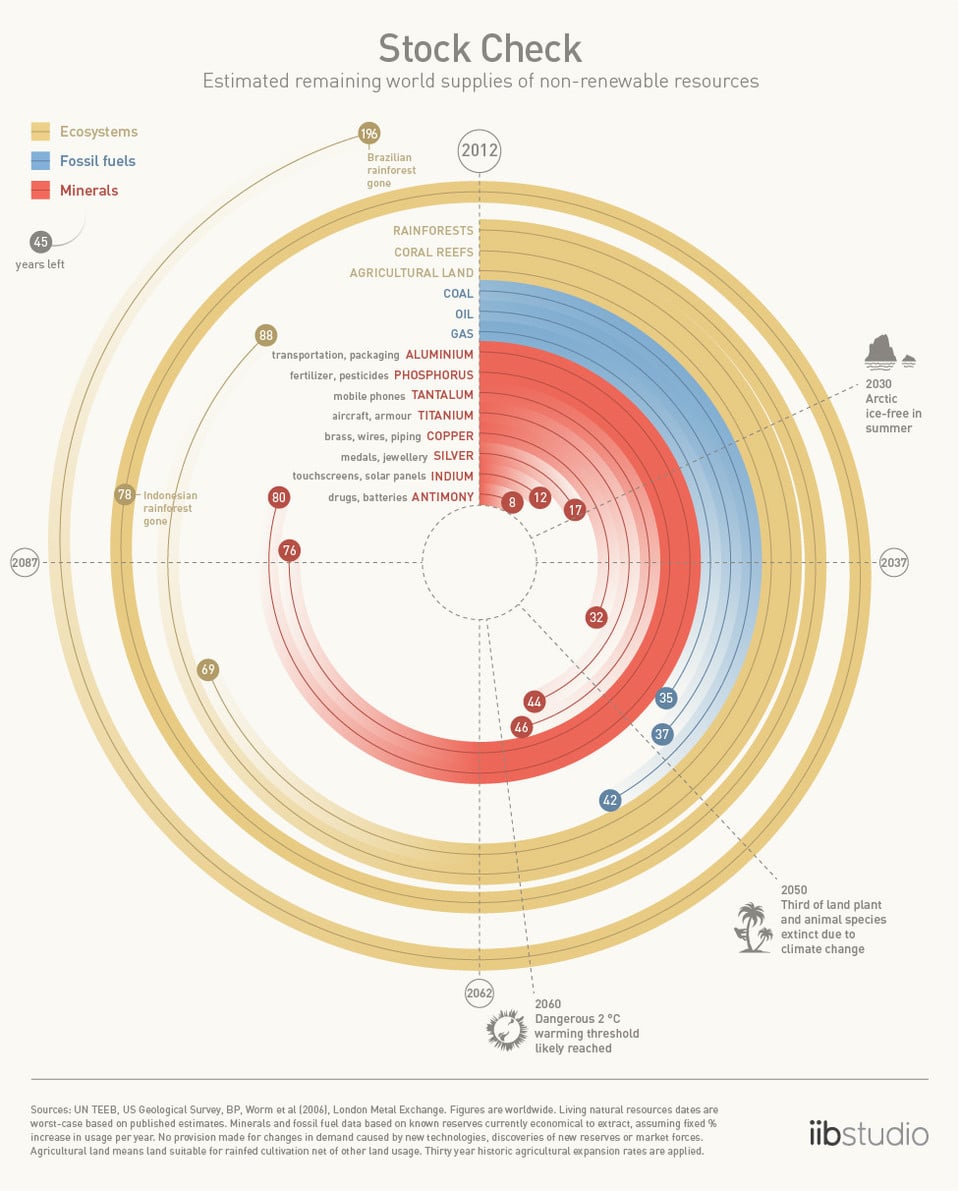Customers and suppliers expect mining and metals companies to align with the circular economy. Downstream players find that “closing the loop” on the supply chain through improved product design, extended asset life, reuse and recycling can deliver tangible commercial and environmental gains. Closed loop systems reduce the need for extraction and processing of new resources and, in response, mining and metals companies have adopted the following three trends:
-
Reduce: Limiting the use of virgin raw materials and more closely aligning supply with demand; improving efficiency of resource exploitation (yield rate) by mechanization, automation and optimization; enhancing the recovery rate of mineral processing and smelting; limiting pollutant emissions such as tailings, gangue and mine wastewater; developing applications for lower grade ore.
-
Regenerate: Extending the longevity of a resource, material, product or service by anticipating and planning for future applications; installing cyclic wastewater, waste and tailings systems, and improving mineral processing technology; maximizing the use of waste and byproducts; collaborating with downstream players to design adaptable and easy-to-repair products; marking materials and alloys to aid identification at end-of-life and accelerate subsequent application.
-
Recycle: Reducing waste by processing resources and metal products so that they become newly available resources; treating waste water before discharge; developing processing capabilities to accommodate higher rates of scrap.
The transition to a circular economy will reduce the environmental impact of products across their life cycles. To effectively operate within the circular economy in a sustainable world, mining and metals companies will need to address three key areas: develop a workforce with the right set of skills and capabilities; be more actively involved in scrap markets; and focus on customer and consumer relationships.The mining and metals workforce in a circular economy requires new skills. Mining and metals companies are constantly looking for innovative means to reduce the impact of their operations, requiring new technology and business processes, and R&D skills that are in greater demand. They have in-house life-cycle assessment capabilities for collecting, managing and applying robust datasets to measure product performance against industry standards. The assessments and data help create trust and confidence in the quality of materials that design teams use in working with customers to effectively reduce, reuse and recycle materials.
